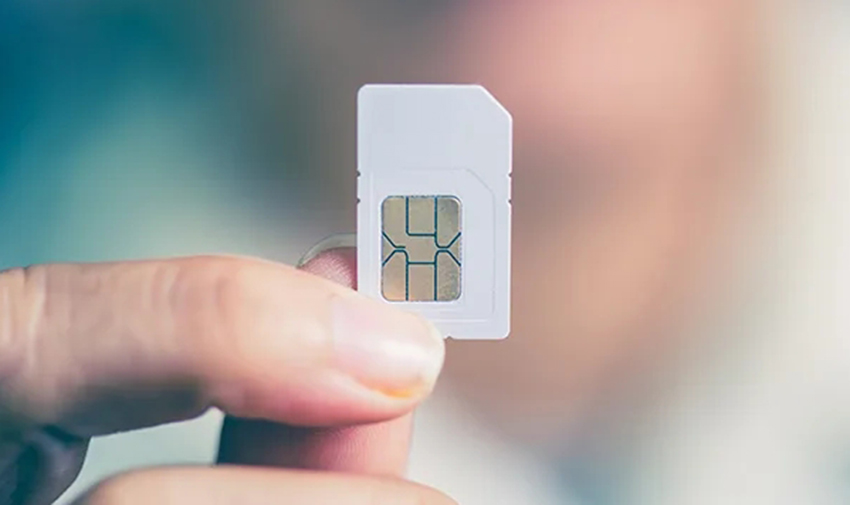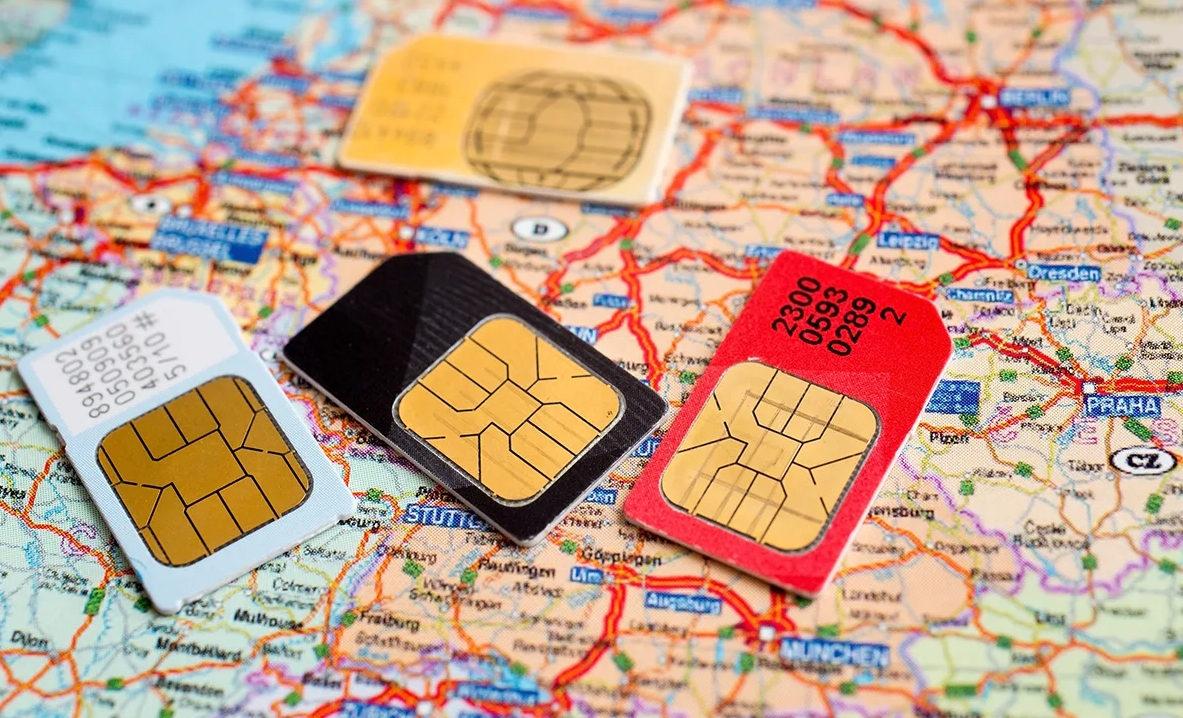Virtual Reality (VR) on smartphones. Virtual Reality (VR) on Smartphones: Unveiling a New Dimension of Interaction. The integration of Virtual Reality (VR) into smartphones has marked a significant leap in the evolution of digital experiences. Once confined to specialized devices, VR has now found its way into the palm of our hands through smartphones. This article explores the transformative impact of Virtual Reality on smartphones and how it is reshaping the way we interact with digital content.
Virtual reality (VR) is a technology that creates a simulated environment that can be explored by the user. VR is often used for gaming, but it can also be used for other purposes, such as education, training, and therapy.
VR on smartphones is a relatively new technology. It works by using the smartphone’s sensors to track the user’s head and hand movements. This information is then used to create a virtual environment that appears to move and respond to the user’s movements.
Definition and Accessibility:
Virtual Reality is a technology that creates a simulated environment, immersing users in a three-dimensional, computer-generated space. When applied to smartphones, VR utilizes the device’s display and sensors to provide an immersive experience without the need for additional equipment. This accessibility has democratized VR, making it available to a broader audience.
Immersive Entertainment:
Smartphones with VR capabilities offer users an immersive entertainment experience like never before. Users can delve into virtual worlds for gaming, watch 360-degree videos, or attend virtual concerts and events. The ability to turn and look around in a virtual environment enhances the sense of presence and engagement.
Benefits of using VR on smartphones:
Immersion: VR can provide a more immersive experience than traditional 2D or 3D content.
Engagement: VR can make content more engaging and interactive for users.
Education: VR can be used to educate users about different topics, such as history, science, and geography.
Training: VR can be used to train users for different tasks, such as flying an airplane or operating a machine.
Therapy: VR can be used to help users with anxiety, phobias, and other mental health conditions.

Virtual Travel and Exploration:
VR on smartphones allows users to embark on virtual journeys and explore distant places from the comfort of their homes. Travel applications offer immersive experiences, allowing users to visit landmarks, museums, and natural wonders as if they were physically present. This opens up a new dimension for virtual tourism.
Educational Experiences:
The integration of VR into educational apps on smartphones has revolutionized learning. Students can take virtual field trips, explore historical events, or interact with complex concepts through interactive simulations. This hands-on and immersive approach enhances retention and understanding.
Challenges of using VR on smartphones:
Cost: VR headsets can be expensive, especially the more high-end models.
Comfort: VR headsets can be uncomfortable to wear, especially for extended periods of time.
Content: There is a limited amount of VR content available, especially for mobile devices.
Motion sickness: Some users may experience motion sickness when using VR headsets.
Training and Simulations:
In industries such as healthcare, aviation, and manufacturing, smartphones with VR capabilities are used for training and simulations. Professionals can practice procedures, troubleshoot scenarios, and enhance their skills in a virtual environment, reducing the need for physical equipment and resources.

Virtual Social Interaction:
Smartphones equipped with VR enable users to engage in virtual social environments. Social VR applications allow friends or colleagues to meet in virtual spaces, attend events together, and interact with shared content. This adds a new dimension to remote collaboration and socializing.
Therapy and Mental Health:
Virtual Reality on smartphones has shown promise in the field of therapy and mental health. Applications designed for relaxation, stress reduction, and exposure therapy provide users with immersive experiences to support mental well-being. VR serves as a tool for therapeutic interventions in a convenient and accessible manner.
The incorporation of Virtual Reality into smartphones has unlocked a realm of possibilities, transforming how we consume entertainment, learn, and interact with the digital world. As technology continues to advance, the integration of VR into smartphones is likely to become more sophisticated, offering users increasingly realistic and immersive experiences. Virtual Reality on smartphones has not only expanded accessibility but has also paved the way for a new era of interactive and engaging digital interactions.
VR on smartphones is a promising technology that has the potential to revolutionize the way we interact with our devices and the world around us. However, there are still some challenges that need to be addressed, such as the cost of VR headsets, the comfort of VR headsets, and the availability of VR content. Overall, the future of VR on smartphones looks bright and the technology has the potential to change the way we live, work, and play.



